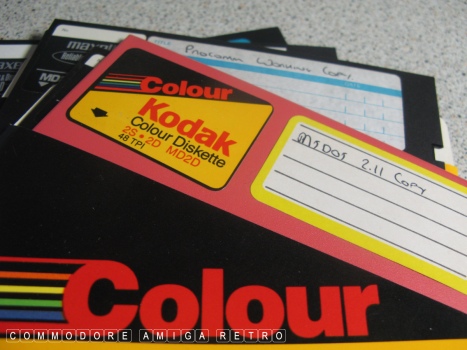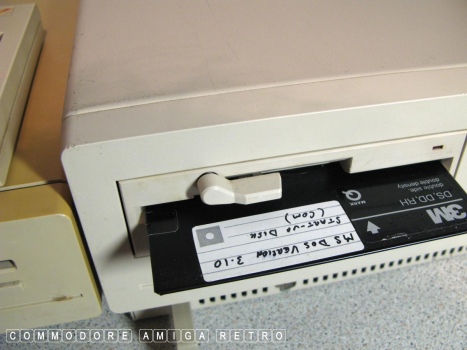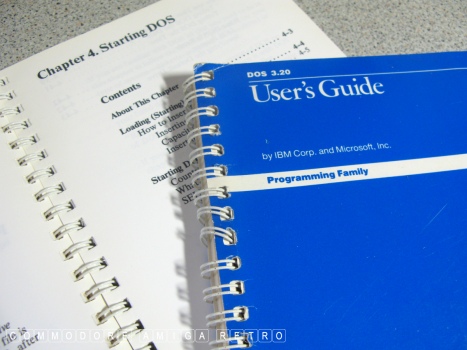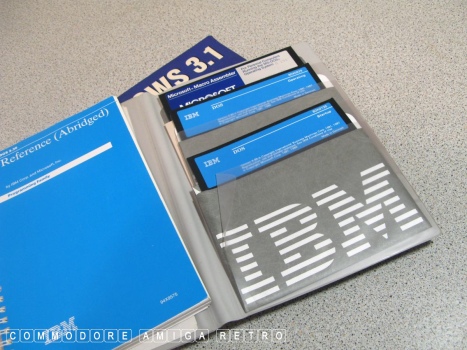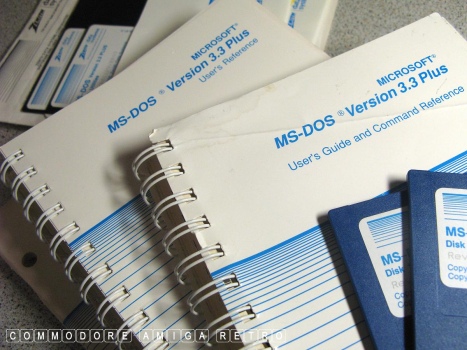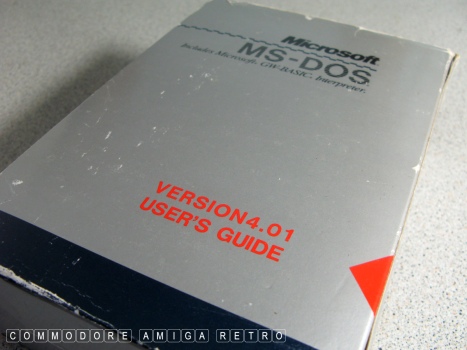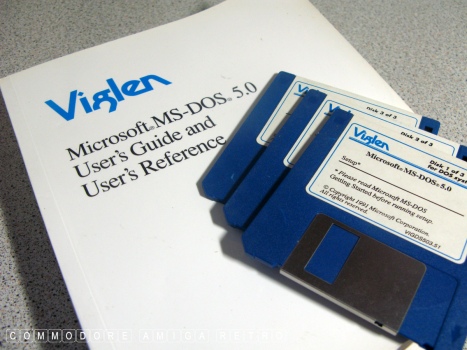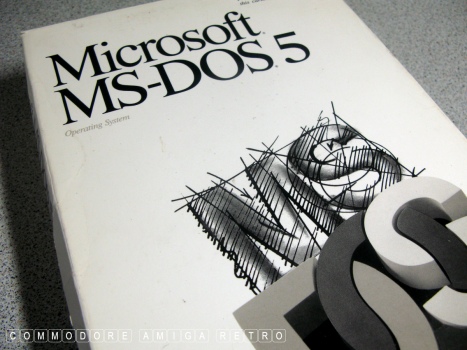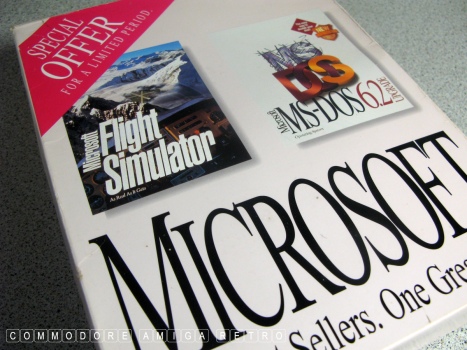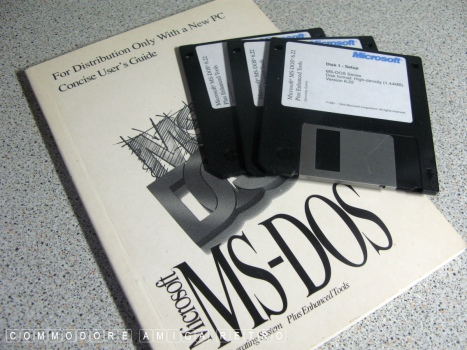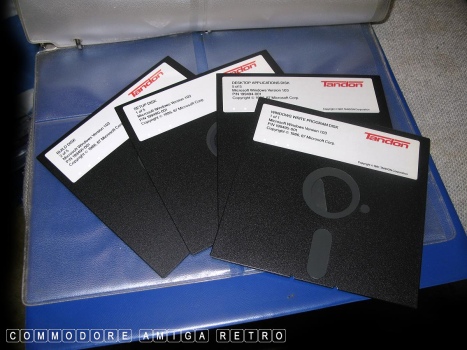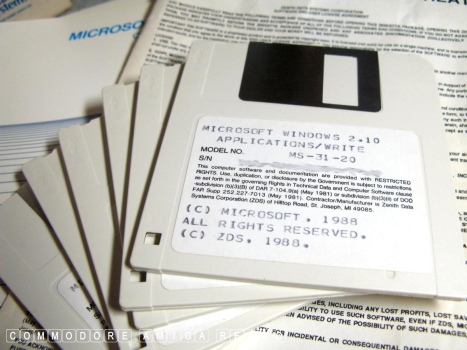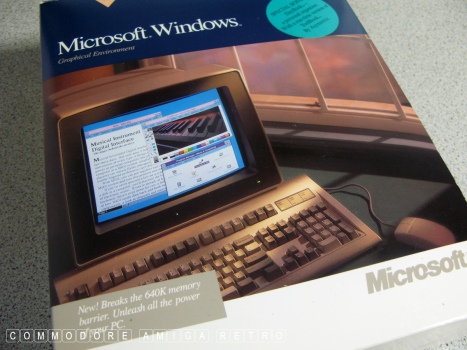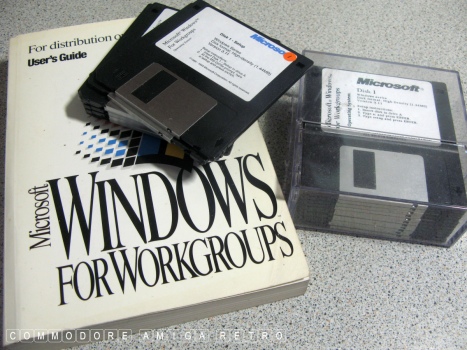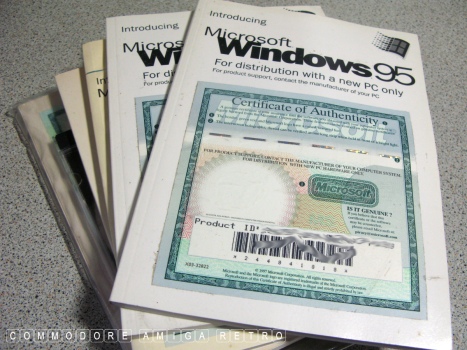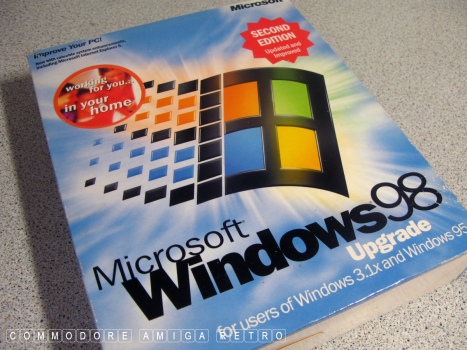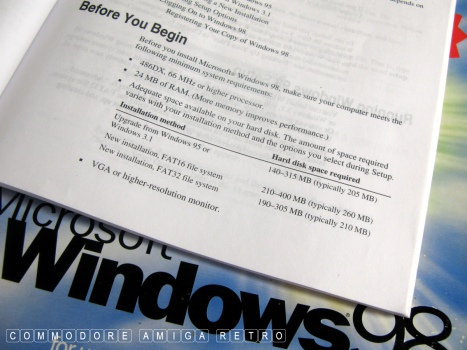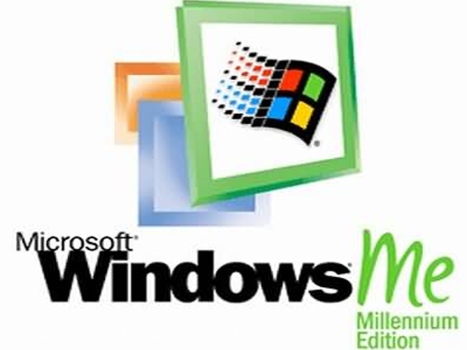
ScuzzBlog: Diaries February 2024
Entry 17th February 2024: Post 1: Microsoft - MS-DOS Timeline.
Microsoft - MS-DOS Timeline.
In reviewing all these older home computers it is not uncommon to
see the name Microsoft associated with versions of BASIC. The first
Microsoft BASIC came into being as long ago as 1975 with Altair BASIC.
A famous computer individual once referred to Bill Gates as more
of an opportunist than a computer wizard. Call him what you want
but without his talents the world of computing today would be a
much different place.
The actual product of MS-DOS has to be viewed also in the context
of its relationship to the IBM platform. It was IBM after all that
requested Microsoft provide a Disk Operating System following the
failure of Digital Research to come up with the goods. The wording
PC-DOS is often associated with MS-DOS and therefore some of the
released product was created for the IBM range of machines.
The stand alone versions of MS-DOS ended with the release of Win95.
Both Win95 and Win98 had MS-DOS 7 bundled with the OS. Additionally
Windows ME has the last version of MS-DOS 8 included within its
structure. The later Microsoft XP does not include MS-DOS.
The basic timeline of MS-DOS is crudely this:
1.x - 1981/82
2.x - 1983
3.x - 1984-87
4.x - 1988
5.x - 1991
6.x - 1993
7.x - Transition to Windows 95
MS Windows:
Windows 1.0 - Nov 20 1985
Windows 2.0 - Dec 09 1987
Windows 3.0 - May 22 1990
Windows 3.1 - Apr 06 1992
Windows 95 - Aug 24 1995
Windows 98 - May 15 1998
Windows ME released in 2000.
For me DOS was used primarily for setting up hardware and software
designed prior to the auto install functionality that came with
later versions of Windows. For me this relates to Win 3.1 machines
and a number of games and application during the Win95 era. I still
have a significant number of PC disks that are DOS based for use
with hardware and software.
With DOS you had a base line command structure that gave you access
to your drives and various application settings. It was never just a
case of creating universal entries for kit but more customising the
game for instance to work with your graphics, sound and input devices.
These DOS processes would need to be undertaken as part of the
installation procedure.
DOS as the name suggests was most significantly used for the management
of disks and the preparation for use with any given system.
The term DOS based applications and software means just that and to
function you would kick the software from DOS. And so working with
say Windows 3.1 you are prompted with the menu requester to flick
back and forth between DOS and Windows as part of your normal mode
of operations.
MS-DOS has all been removed from the OS structure though the prompt
lingers, certainly on this Win7 machine. Personally I never liked
the functionality of MS-DOS. I guess I spent way too much time with
CP/M and by the time that journey was over I was hooked into the
Amiga. When I returned to MS with Win95, DOS had become less significant
and certainly by Win98 was almost unnecessary from the system.
If you have an interest in DOS and want to understand its purpose
then getting an older computer and simply buying the disks off Ebay
is the most rewarding way to do this. It can be a challenge at times
but just like all computing of the period requires a lot more effort
from the user, and ultimately is most rewarding when you succeed.
Much like the flashing cursor of BASIC MS-DOS had it's own blank
request for your input. Help is on hand but having a book with a
basic list of commands certainly is sensible. It represents a very
different way of doing things but mastering the skill gives you
ultimate power over the computer, far more than the likes of Microsoft
would like you to have.
Have fun.
Microsoft - MS-DOS Timeline.

If you can only see this CONTENT window
then click the image above for the full site
Last updated 17th February 2024
Chandraise Kingdom
![]()
Keep the Faith
scuzzscink 2024

